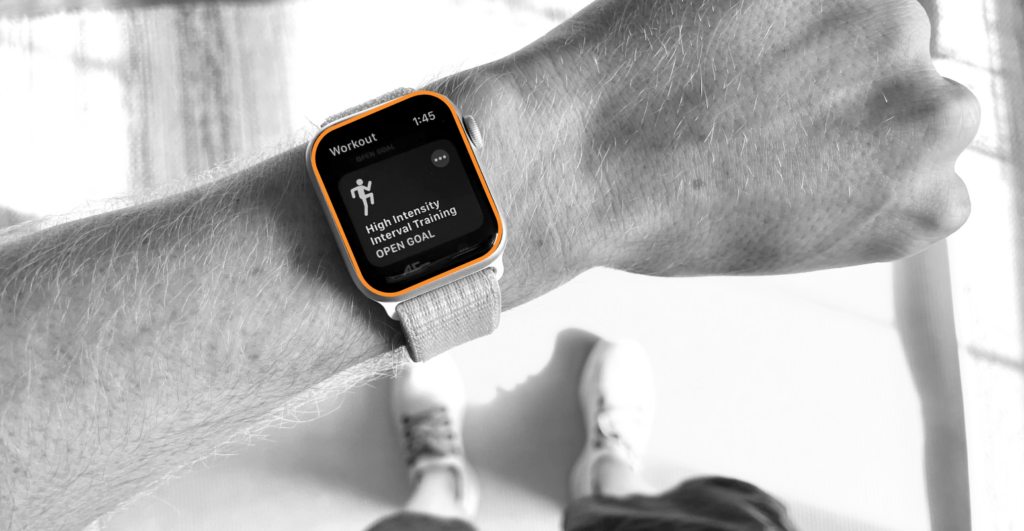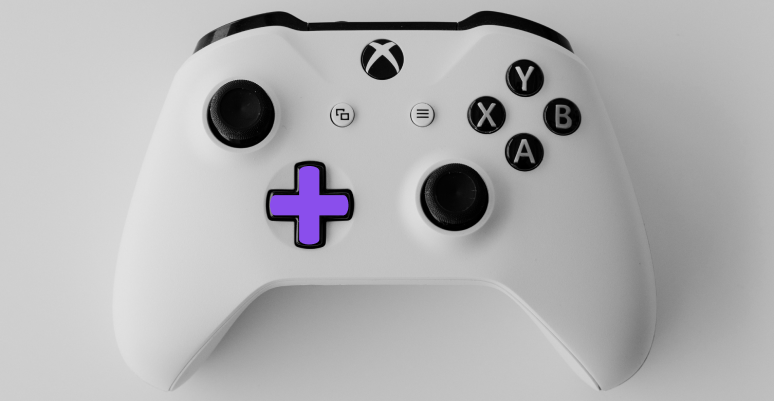In the previous part of this article (can be found here), we have understood telehealth as a concept, overall market, industry challenges and potential benefits for its different stakeholders.
In this part we will explore, what are the opportunities there and as a designer what we can contribute to solve and maximise the impact.
Telehealth today poses a series of challenges
Healthcare is a universal right. It is required as much in the cities as in the farthest corner of our country. Merging healthcare with technology makes it more accessible, accountable, transparent and affordable.
Let me give you a rundown on some of the biggest challenges we face as a nation. There is meagre access to the Internet and limited digital literacy in remote areas, where healthcare is most needed too. Achieving interoperability is another obstacle as recording, storing and sharing health-related data to ensure seamless coordination between various parties brings its own set of hurdles. Most importantly, we face a serious gap between the demand and availability of trained healthcare professionals. Even training and creating an army of digitally savvy health staff is an uphill task.
But every challenge in the telehealth ecosystem can be seen as an opportunity
It’s time we look at some of the opportunities that we can tap into:
AR & VR-
- It has proved to be immensely useful, right from training the medical professionals to them offering treatment to their patients. Through the window of mixed reality, the doctor and patient interact via video, audio and data provided by sensors and apps.
Wearables-
- We live in a smart world where we generate tons of data every second. Some of this data can be life-saving. The information captured and monitored, through our fitness bands, smartwatches, and other smart devices, empowers us to predict certain situations and stay proactively alert.
- It worth noting that India’s wearables market grew 118.2 per cent year-on-year in the June 2021 quarter at 11.2 million units with strong shipments from homegrown brands in earwear and watches fuelling this growth.

AI & Chatbots-
- Artificial Intelligence and Chatbots are here to transform primary care. With machine learning, AI engines are already prepared to consult patients through a sequence of questions about symptoms and health histories like the nurses and doctors do today. We might soon be living in a world where Alexas and Siris would enable us to connect and consult without actually meeting our doctors.
- Did you know about Florence, a chatbot aka a personal nurse, that works on Facebook Messenger, Skype or Kik? She can remind patients to take their pills, track the user’s health and helps them to reach their goals.
Conversational UX & Voice UX-
- No or minimal contact is the future. But it becomes next to impossible in healthcare with the need to sanitise hands and devices frequently. Voice user interface is where caregivers and patients use voice commands to communicate and operate various device systems.
- Further, the voice interfaces minimise the need to type and allow users to connect personally with the system and express better. This can increase user engagement, bring personalisation & thereby improve overall experience of the application/platform.

Gamification in Healthtech:
- We love to play games. It makes us curious and competitive, makes us believe that we are in complete control, and reinforces good behaviour. When healthcare is married to gaming, it leads to the birth of a healthier human who constantly wants to level up. Earning badges on your Apple Watch, beating your friend on FitBit, flexing your scores on your Nike app, it’s a win-win situation for all.

Role of UX UI Designers in Telehealth
As UX / UI designers, we have the power to create positive user experiences. We make the process of interaction with interfaces easy and engrossing to encourage user engagement, retention and conversion depending on the product or service.
But when we create applications of UX/UI design in the healthcare sector, the responsibility becomes an opportunity to impact lives, quite literally.
We must conceptualise, write and design to make features & content across accessible:-
- In healthcare, we are designing for one and all – be an old person or a young child. And across various devices – screens of various sizes, smartwatches, sensors, apps and so on. Making navigation easy to use, maintaining readability of fonts, enough colour contrast, enabling a screen reader and web accessibility standards are of great importance.
Designer must create basis the three main principles of UI accessibility:
Clarity: easy-to-understand layouts with different buttons, menus, and calls to action.
Made-for-all: cater to the widest variety of users possible
Distinctive: driven by the latest available accessibility features.
We must make the experience easy, intuitive and engaging-
- This is an incredible chance to enable better doctor-patient experiences. It should be informative and reassuring to win the confidence of patients when they are anxious and unsure. For the doctors, the experience must enable better decision making at a faster pace without any compromise.
We must personalise the experience-
- Personalisation is inherent to digital. Even an eCommerce website does it. Health being is a private affair, a personal touch to the experience surely instils confidence. Let us take MyTherapy, an award-winning pill reminder and medication tracker app, as an example. A patient can use it to track doses, tablets, measurements, activities in a health journal and print it or share it with his doctor.
We must get into their shoes/scrubs-
- It is important to build empathy for patients, doctors and front line workers to better understand their challenges and pain points. It will give us insights to design experiences best suited to their requirements.
We must build ethical user journeys-
- While interacting with various devices in telehealth, it is our moral obligation to create products that are safe & sustainable. An ethical design is based on the pillars of:
- Usability: enable users to do what they want while keeping it easy and pleasant
- Accessibility: make products that benefits everyone, even the differently-abled
- Privacy: protect data keeping users’ best interest in mind
- Transparency: share crucial information upfront so users can make informed choices
- User involvement: get inputs from users during the design process through testing
- Focus: be accessible when users need it and stay out when they don’t.
- Sustainability: work towards creating designs that enable repurposing resources
You can read more about ethical design here: https://99designs.com/blog/tips/ethical-design/
We must factor in trust and security-
- One must uphold the privacy and security standards by adding features such as two-factor authentication, end to end encryption and secure network or a firewall configuration.
A revolution in healthcare has begun. This is our chance to play our part in designing the future of telehealth. We must allow empathy to blend with innovation to create great experiences for the people when they need it the most.
Article Author
Vishal Jadhav
Co-Founder of Prismic Reflections®

